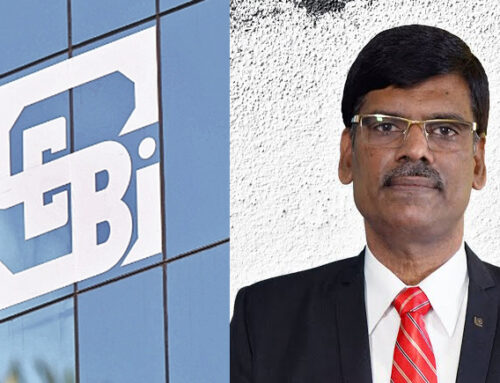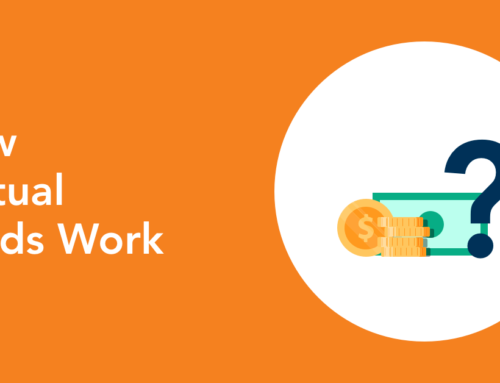https://twitter.com/jackiearch/status/877688822707998721?s=09
Down Payment is significant in many expensive deals. Like Car, House ( Maybe there is a down payment in deals while buying companies, islands, or some large land parcels. But as I am not Billionaire, so I don’t know. If any billionaire is reading this, pls comment)
Jokes apart, what is a down payment? And why do you need to make provisions or think about it?
as per Investopedia Down payment is
Down payment is type of payment made generally in cash during the onset of the purchase of an expensive good or service. Generally it is part of the total price. sometimes it is not refundable even if the deal fails to takes place. In most cases, Purchaser made financing arrangement for remaining amount.
A down payment typically consists of 5 to 20% of the home's value. Start saving w/these tips: https://t.co/7HawbZuhWC #AmericanHousingMonth pic.twitter.com/jNRRqetM7E
— SBSavings (@SBSavings) June 25, 2017
Why am I writing a post on this topic on a website for investors? Down payment is more or less like a premium on future Contracts of Stocks. Some characteristics are the same. Some are a bit different.
The down payment size talks about many things about the deal and the risk attached to it. If you are in the US and planning to buy a house, it’s not always 20%. Mortgages backed by USDA and VA don’t have any down payment. FHA-backed mortgages need only 3.5%. So first-time buyers receive big help even if they are in conventional mortgages. Here in India, Nowadays, as govt is helping people to buy a house, getting a 90% mortgage isn’t a dream. But that does not mean you only supposed to pay only the amount equal to the down payment. Here I am going to explain how.
Let’s take one example. While writing this average price of a New House deal in the US is $406400 (Jan 2017). While writing this post, 15 year fixed mortgage interest rate is 3.02%, and 30 year’s fixed mortgage is 3.80%.
Option 1. Paid 3.5% Down payment on $406400 by taking a 15-year fixed mortgage.
Down payment $14,224. Finance received $392,176—One hundred eighty installments of $2712.0. Interest paid in all these installments is $95996.48. $43627 is the salary. Down payment is around 33% of salary. Installments are 4% of salary.
Option 2. Paid 5% Down payment on $406400 by taking a 30-year fixed mortgage.
Down payment $20320. Finance received $386080—180 installments of $2670. Interest paid in these installments is $94504.3. Other Details remain the same. The reason to take a 5% down payment is it is nearly half of the salary. In India, bankers generally try to keep installments under 50% of their salary. Yes, India and the US are different, but still, I am making some assumptions here. A 30-year Fixed mortgage may look difficult in the US as job security, and other things don’t support, so I am taking it as 15 years. US govt jobs can give you such job security for 30 years, but not everyone has that.
One thing is evident here. By paying $6096 more upfront, You are paying less than $42 per month. It also saves $1492. More the interest rate, more the difference. The longer the time, the more interest expenditure.
Why was I doing all these calculations? Though the percentage of down payment to salary is low here for the example, it may look more prominent in real life. It seems challenging to pay half of your salary as a down payment. In some cases, it may be more significant than the salary as the compensation may be dominated by IT and Wall street people. Who knows?
So the main question here is how to raise such a large amount?
Let’s check it out.
First, Decide when you are planning to buy a home. When researching my blog post When should you buy a house, many advisors told me the age to buy a new place is 35 years. Up to 30 years generally the expenditure is very high. I know that in the US, many youngsters start their job at around 16-18 ( Forgive me if I am wrong), and many are not living with their parents, which is the reality in India. But for buying a home, which, if I am not wrong, has a minimum cost is $150,000 for basic amenities ( again, forgive me if I am wrong), and the 3.5% down payment comes to $5250. Assuming you are supposed to have twice the salary, you need to keep it at $10500. Now, if you remove the effect of IT and other top paid people, this amount looks possible when you have a college education or have some luck for keeping you in the long term on some excellent gain of experience, for giving it to next more than ten years. I don’t think this will take place under 22 years in any situation. Let us make it 25. so you have ten years to start investing for a down payment. Though the early years, it will hardly be a significant amount. But still assume that you started saving and investing at 25.
Next, take the effect of inflation into account. What will be the trend of inflation for the next ten years? Getting this number is a little tricky as this holds some guesswork. But still, as you are living there, you can guess. As per US Labor Department, inflation in the US ended in May 2017 was 1.9%. But in 2016, it was 2.1%. so let us assume that inflation will be 3% on average ( Yes. it is high. but it’s good to be ready for the worst.) So today’s $20320 will be $27418 after ten years when you will be 35.
Third step. For achieving this $27418 in 10 years, what are you spending per month, and at what rate? As the Time frame is long-term, you can invest in equity. Though I don’t Prefer to invest in Index Funds, as the efficiency of the US is high, and so it is impossible to go anywhere, It’s the vanguard. Last five years it has given you 13.30%. So assuming you will get the same return, the amount you need to invest per month is $110.36, assuming monthly compounding.
Defense rest. For buying house after 10 years, if you started from today you need to invest only $110.36 per month which will cover large size of down payment with some assumptions, many of them taking care of worst case scenario.




